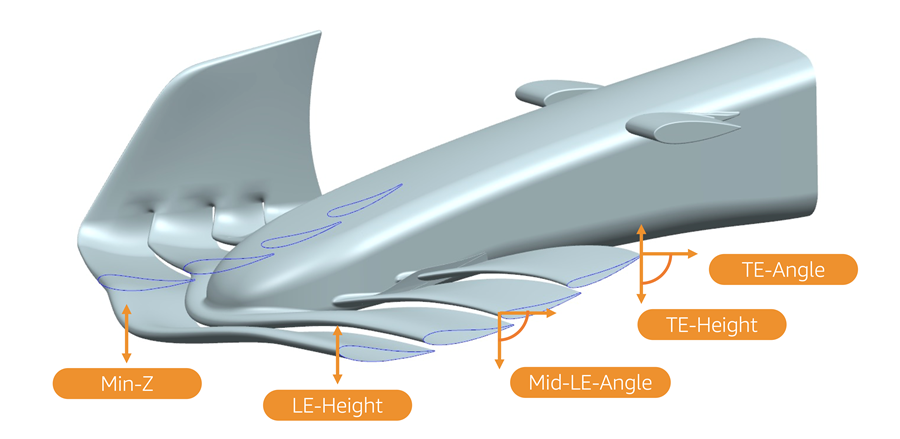Artificial Intelligence
Automate vending Amazon SageMaker notebooks with Amazon EventBridge and AWS Lambda
Having an environment capable of delivering Amazon SageMaker notebook instances quickly allows data scientists and business analysts to efficiently respond to organizational needs. Data is the lifeblood of an organization, and analyzing that data efficiently provides useful insights for businesses. A common issue that organizations encounter is creating an automated pattern that enables development teams […]
Run text classification with Amazon SageMaker JumpStart using TensorFlow Hub and Hugging Face models
July 2023: You can also use the newly launched JumpStart APIs, an extension of the SageMaker Python SDK. These APIs allow you to programmatically deploy and fine-tune a vast selection of JumpStart-supported pre-trained models on your own datasets. Please refer to Amazon SageMaker JumpStart models and algorithms now available via API for more details on how […]
Seamlessly connect Amazon Athena with Amazon Lookout for Metrics to detect anomalies
Amazon Lookout for Metrics is an AWS service that uses machine learning (ML) to automatically monitor the metrics that are most important to businesses with greater speed and accuracy. The service also makes it easier to diagnose the root cause of anomalies, such as unexpected dips in revenue, high rates of abandoned shopping carts, spikes […]
Detect social media fake news using graph machine learning with Amazon Neptune ML
In recent years, social media has become a common means for sharing and consuming news. However, the spread of misinformation and fake news on these platforms has posed a major challenge to the well-being of individuals and societies. Therefore, it is imperative that we develop robust and automated solutions for early detection of fake news […]
Optimize F1 aerodynamic geometries via Design of Experiments and machine learning
FORMULA 1 (F1) cars are the fastest regulated road-course racing vehicles in the world. Although these open-wheel automobiles are only 20–30 kilometers (or 12–18 miles) per-hour faster than top-of-the-line sports cars, they can speed around corners up to five times as fast due to the powerful aerodynamic downforce they create. Downforce is the vertical force […]
Build a risk management machine learning workflow on Amazon SageMaker with no code
Since the global financial crisis, risk management has taken a major role in shaping decision-making for banks, including predicting loan status for potential customers. This is often a data-intensive exercise that requires machine learning (ML). However, not all organizations have the data science resources and expertise to build a risk management ML workflow. Amazon SageMaker […]
Use Amazon Lex to capture street addresses
Amazon Lex provides automatic speech recognition (ASR) and natural language understanding (NLU) technologies to transcribe user input, identify the nature of their request, and efficiently manage conversations. Lex lets you create sophisticated conversations, streamline your user experience to improve customer satisfaction (CSAT) scores, and increase containment in your contact centers. Natural, effective customer interactions require […]
Customize pronunciation using lexicons in Amazon Polly
Amazon Polly is a text-to-speech service that uses advanced deep learning technologies to synthesize natural-sounding human speech. It is used in a variety of use cases, such as contact center systems, delivering conversational user experiences with human-like voices for automated real-time status check, automated account and billing inquiries, and by news agencies like The Washington […]
Personalize your machine translation results by using fuzzy matching with Amazon Translate
A person’s vernacular is part of the characteristics that make them unique. There are often countless different ways to express one specific idea. When a firm communicates with their customers, it’s critical that the message is delivered in a way that best represents the information they’re trying to convey. This becomes even more important when […]
Enhance the caller experience with hints in Amazon Lex
We understand speech input better if we have some background on the topic of conversation. Consider a customer service agent at an auto parts wholesaler helping with orders. If the agent knows that the customer is looking for tires, they’re more likely to recognize responses (for example, “Michelin”) on the phone. Agents often pick up […]









